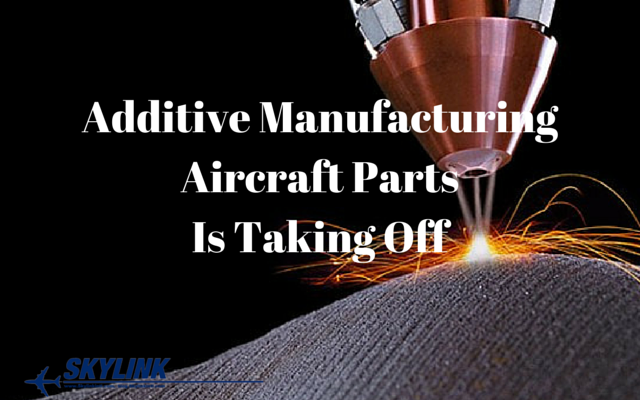Inefficient inventory costs companies billions of dollars a year.
Long OEM lead times, high inventory costs, poor stock turnover, and obsolete material create immense waste within operations.
If you’re a Dash 8 operator, aircraft MRO, or lessor, this post is for you.
This is your go-to resource for the current major Dash 8 components we have available now or in the near term.
Bookmark this page as it’ll be updated often.
Do you have surplus aircraft part inventory?
This unnecessary buildup occurs when you order inventory in preparation for near term consumption.
When that consumption never occurs. Voila! Surplus inventory builds up.
Here’s the impact that this causes to your operation.
It’s not the price you pay, how business savvy you are, or how excellent your negotiation skills are. This is the MOST IMPORTANT skill you need when purchasing aircraft parts.
Your surplus aircraft material was sitting. Rotting. Wasting away on your shelves.
Slowly eating away at your operational results. Chomp. Chomp. Chomp.
Cash was being sucked down the surplus drain. And the only thing you could do was…
Price. How important is it to you? How often do you try and get the lowest price? I’m sure you’re thinking to yourself, “It’s incredibly important.” and “Every chance I get.” And that’s fair. It’s also common to ask how much something costs. Or to reduce the cost of something. We often use price and cost interchangeably. That’s a mistake.
Inefficient inventory costs companies billions of dollars a year.
Long OEM lead times, high inventory costs, poor stock turnover, and obsolete material create immense waste within operations.
It is no secret that additive manufacturing is the hot topic, especially in our fast paced aviation world. Many companies are exploring this new frontier of technology because of its unbelievable benefits. Pratt and Whitney are a perfect example of the new exploration in this uncharted world with manufacturing engine brackets using 3D printing. They have embraced two of many additive manufacturing techniques to make engine components, engine brackets specifically. Instead of using expensive slabs of steel to shape aircraft parts, the process of additive manufacturing enables Pratt and Whitney to layer materials together using absolutely no waste.
 This trifecta of efficiency is what the aviation industry is raving about and why companies like Pratt and Whitney and even GE Aviation has adopted this new technique in manufacturing.
This trifecta of efficiency is what the aviation industry is raving about and why companies like Pratt and Whitney and even GE Aviation has adopted this new technique in manufacturing.
GE has adopted laser-powered 3-D printers and inking machines to make aircraft parts that seemed like science fiction long ago. GE likes to call this next chapter in manufacturing the next step in our Industrial Revolution.
The Industrial Revolution was a transition from new manufacturing processes in the period that started in 1760.
The additive manufacturing process can increase the tempo of production, reduce waste, and produce designs that seems almost impossible with last generation manufacturing processes. Unusual brackets, new age propellers, and even new engine designs are now open door ideas with this new technology.
However, this new revolution for the industry is growing at a crawl. Additive manufacturing techniques will need to be improved before the entire market adopts the technique with open arms. Glitches and muddy precision is still very common unless a finer and more expensive 3-D printer is purchased.
It makes sense why our industry is an early adopter of this new technology in manufacturing.
This process is taking off with no emergency brake and is beginning to grow exponentially.
In 2016, GE Aviation will unveil 19 3-D printed fuel nozzles in a combustion system that can only be made using this method. They will lead the aviation industry with the first solid models of these unique parts. This exciting time is being called the new or 3rd industrial revolution and companies like GE and Pratt and Whitney are paving the way for others to lead.